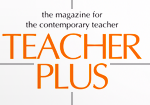Tools to guide our actions
Gopal Midha A few days ago, I attended a “reflection meeting” at a school. The Head of the middle school was sitting with a few teachers. She began the discussion with some pointers about the approaching Annual Day. After 30 minutes of instructions on the responsibilities of each teacher, the discussion finally shifted into reflection mode through the analysis of a lesson plan. A teacher presented how she planned to teach the concept of “pressure” to grade 6 students. For the next 15 minutes, all the others in the staff room discussed how the plan could be improved and soon after, the school day ended for the weary teachers who were glad to head home. I sat in the staff room as everyone left, thinking of what had happened. The school had allocated 60 minutes for reflection but what I observed did not really seem like a reflective session. Suggesting changes to a lesson plan would definitely involve thinking, but I wondered if all thinking was reflective? And what about the first 30 minutes of the meeting spent on administrative tasks? Why did “reflection” get sidelined? Was it just another case of urgent tasks usurping activities that are important? Do we come ready with the tools of reflection or can there be a method and structure to make it more effective for teachers? So, I began to dig deeper into this concept of reflection and reflective engagement. This article presents my current understanding of this concept and presents a method which I believe will be useful for teachers and other professionals. Reflection is important but how do we do it? John Dewey describes reflective thought as an ‘active, persistent, and careful consideration of any belief or supposed form of knowledge in the light of the grounds that support it and the further conclusions to which it tends’ (Dewey 1933: 118). So, for thinking to be called reflective, it requires persistence, care, and action. Further, reflection tries to go behind the scenes and figure out what beliefs we hold and where they lead us. This sounded like a good enough beginning. I am not sure that we are born experts on reflection. It seems like a deliberate and careful process of probing into the innermost chambers of thinking. And this might not be easy. First, a lot of our actions are grounded in beliefs hidden from us. Second, we never really were expected or supported to do this kind of thinking in school. Most of our


